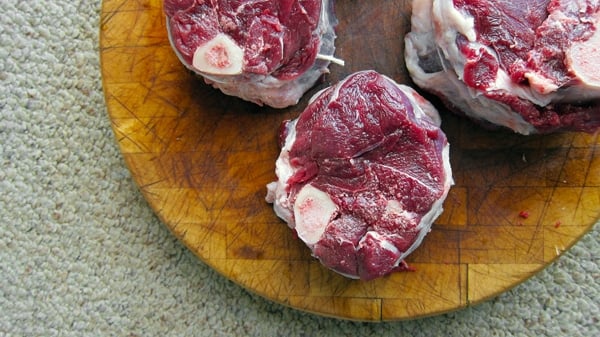I'm a little confused as to the guidance to kill Trichinellosis. The CDC, and many people on the internet, cite 160F. For me, the confusion arises because on the CDC page, https://www.cdc.gov/parasites/trichinellosis/hunters.html it says 160F but also references a "Meat Preparation (USDA)" link, which is broken. But if you go find the FSIS (Food Safety & Inspection Service) USDA paper on Trichinellosis, they have a range of temps

I'm inclined to believe that anything above 144 would kill Trichinella. Normally, I make deer sausage and aim for 154F, I'm not sure why that wouldn't be applicable with bear/boar. Any one have any insight into this temperature discrepancy?
Thanks
Nick
I'm inclined to believe that anything above 144 would kill Trichinella. Normally, I make deer sausage and aim for 154F, I'm not sure why that wouldn't be applicable with bear/boar. Any one have any insight into this temperature discrepancy?
Thanks
Nick






